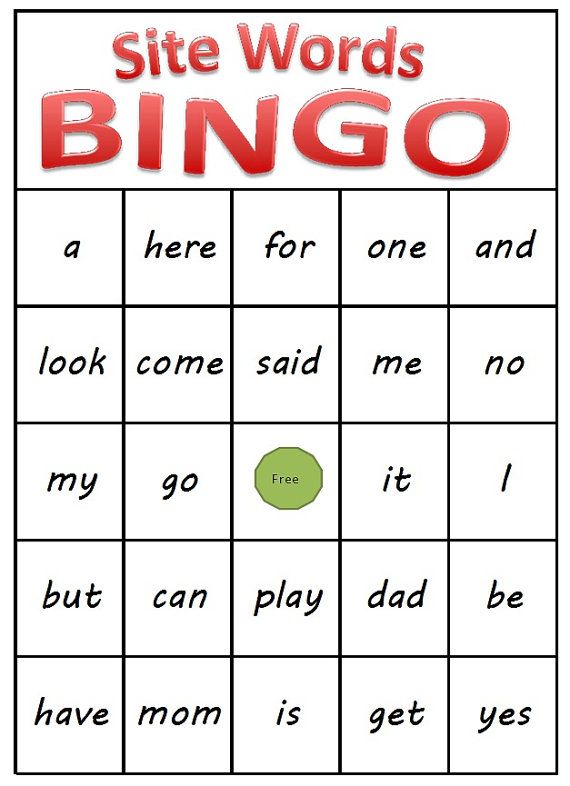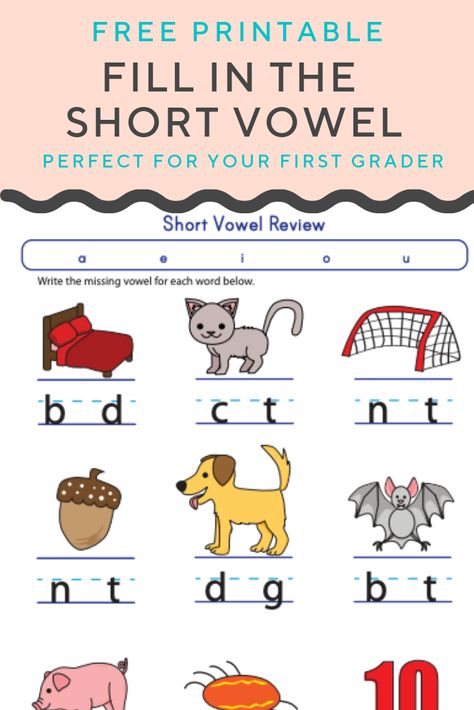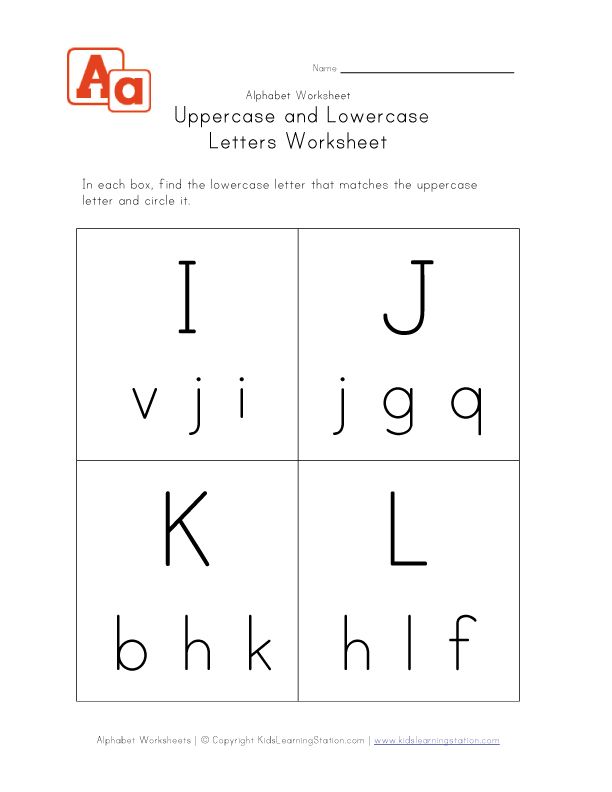Science stories for primary school
Teaching science through stories | STEM
Children’s stories provide a great context for learning science. Explore our resource packages based around popular children’s books and discover the science hidden in a book. Resources include book summaries, hints and tips for teaching the science and further stories on a similar theme.
They are organised into three age groups:
5-7 7-9 9-11
5 -7 years
-
Handa's surprise
Handa's Surprise would make a great starting point about the needs of living things linked to diet and the specific needs of humans.
NEEDS OF LIVINGS THINGS, DIETS AND ANIMALS
-
Jack and the Beanstalk
The story of Jack and the Beanstalk makes a great starting point for teaching the topic of plants to younger primary aged children.
PLANTS
-
LITTLE RED RIDING HOOD
As Little Red Riding Hood is set in a wood, it makes a lovely starting point for finding out about habitats.
HABITATS AND FOOD CHAINS
-
ONCE THERE WERE GIANTS
Support children to understand that all animals, including humans, have offspring which grow into adults.
ANIMALS INCLUDING HUMANS AND LIFECYCLES
-
ONE YEAR WITH KIPPER
One Year with Kipper provides a nice link into work on Seasonal Change as children work to observe changes across the four seasons.
seasons and weather
-
RSPB: MY FIRST BOOK OF GARDEN BIRDS
My First Book of Garden Birds helps to meet the objective to identify and name a variety of common birds.
-
TADPOLE'S PROMISE
Tadpole's Promise is a great story to use when exploring life cycles and helping children to describe the difference in the life cycle of a mammal, an amphibian, an insect and a bird.
LIFECYCLES
-
THE GRUFFALO
The Gruffalo can support children to learn more about habitats and to identify and name a variety of plants and animals in different habitats, including micro-habitats.

IDENTIFYING AND NAMING ANIMALS
-
THE THREE LITTLE PIGS
Help children to think about identifying different materials and considering what properties they have and how this suits them for different purposes.
MATERIALS AND THEIR USES
7 - 9 years
-
Charlie and the chocolate factory
Charlie and the Chocolate Factory by Roald Dahl provides a good context to learn about states of matter.
STATES OF MATTER
-
Horrid Henry Rocks
Horrid Henry Rocks is a great book to start teaching about sound and exploring how sounds are made.
SOUND
-
The Firework-Maker's Daughter
The Firework Maker’s Daughter by Philip Pullman is a good starting point for teaching about light.
LIGHT
-
the iron man
The Iron Man is the perfect story to explain how magnets attract or repel each other and attract some material and not others.

FORCES And magnetism
-
The little mole who knew it was none of his business
This funny tale creates a great setting through which children can explore simple functions of the basic parts of the digestive system in humans.
DIGESTION -
the pebble in my pocket
Pebble In My Pocket tells the dynamic story of rock formation; showing the reader the processes that the pebble goes through from its beginnings in a fiery volcano 480 million years ago.
ROCKS AND SOILS
-
the story of frog belly rat bone
The story of Frog Belly Rat Bone provides a good setting for investigating plants and their benefits to our environment.
PLANTS
-
the vanishing rainforest
The Vanishing Rainforest by Richard Platt is a good book for looking at the human impact on the environment, in particular deforestation.
HUMAN IMPACT ON THE ENVIRONMENT
-
wolves
Wolves is a brilliant setting for constructing and interpreting a variety of food chains, as well as identifying producers, predators and prey.

FOODCHAINS
9-11 years
-
BEETLE BOY
Beetle Boy provides a nice way to link to work on classification of invertebrates.
CLASSIFICATION
-
CHARLOTTE'S WEB
This is the perfect story to compare the lifecycles of different animals and plants.
LIFECYCLES
-
PIG HEART BOY
Pig Heart Boy provides a good setting for learning about the heart and circulation.
CIRCULATION
-
George's Secret Key To The Universe
George's Secret Key to the Universe is a fun read and contains lots of factual sections for help with teaching about the solar system.
SOLAR SYSTEMS
-
Goodnight Mr Tom
This wartime story is ideal for exploring the uses of electricity and how circuits work.
ELECTRICITY
-
itch
Itch is an action-backed story in which is great for finding out more about changes of state.
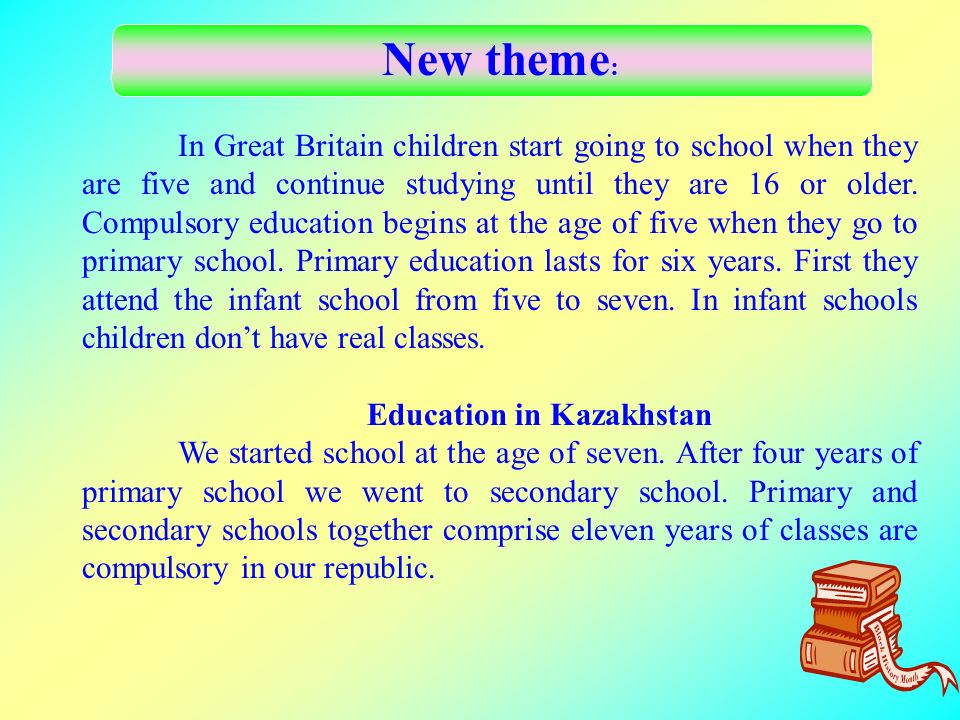
CHANGES OF STATE
-
Kensuke's Kingdom
Kensuke’s Kingdom is full of opportunities to explore properties of materials, you can even use the context of survival scenarios linked to the book.
PROPERTIES OF MATERIALS
-
ONE SMART FISH
One Smart Fish by Christopher Wormell provides a meaningful context for learning about adaptations and evolution.
EVOLUTION AND INHERITANCE
-
The Tin Snail
The Tin Snail by Cameron McAllister provides a context for learning about forces and mechanisms, including levers, pulleys and gears.
FORCES AND ENGINEERING
18 Educational and Fun Science Books for Kids in Elementary School
1. Real Friends
Shop Now on Amazon
This 3 book graphic novel series by Shannon Hale combines full-color illustrations with inspirational and relatable characters that tell a story of friendship and hardship trying to survive the challenges of elementary school.
2. Stink
Shop Now on Amazon
This popular chapter book series by Megan McDonald has 13 books in total and tells the story of a courageous and surprisingly shrinking boy Stink, who isn't afraid to take risks and star in his own adventure stories.
3. Trials of Apollo
Shop Now on Amazon
Rick Riordan brings mythology to life with this 5 book series including beloved characters from other popular series like Percy Jackson. He shows us the world of the gods through captivating stories and tales of adventure.
4. Brendan Buckley's Universe and Everything in It
Shop Now on Amazon
This award-winning book follows a curious self-proclaimed boy scientist who is searching for answers and to make a connection with his estranged grandfather. This book about real life, family, and what that means, teaches readers about geology and heritage.
5.
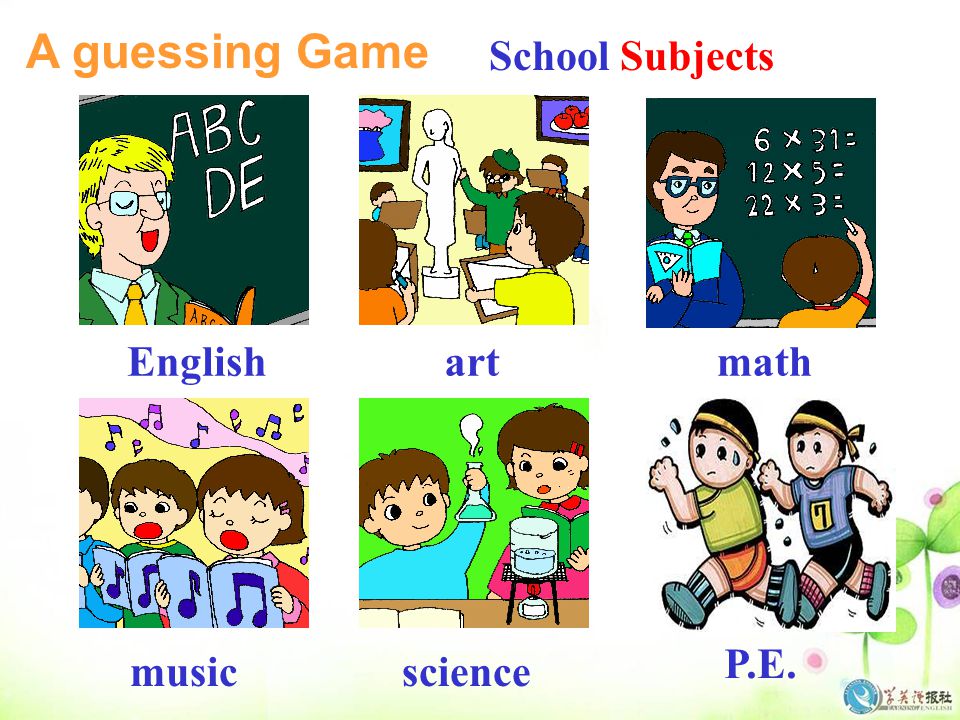 The Chicken Squad
The Chicken Squad Shop Now on Amazon
(Ages 6-9) Chicken Squad Series by Doreen Cronin is now an animated tv series. The 6-book series follows 4 mischievous chicks as they discover alien technology, solve a murder mystery, and cause all sorts of problems for their fellow farm animals.
6. National Geographic Little Kids First Big Book of Space
Shop Now on Amazon
Catherine D. Hughes creates awesome nature and wildlife books with special attention on STEM topics for early readers to practice reading aloud and learning about the world around them. This national geographic book for kids explains outer space with beautiful illustrations and simple sentences.
7. Skunked!: Calpurnia Tate, Girl Vet
Shop Now on Amazon
This adorable illustrative 6 book series by Jacqueline Kelly tells the beautiful story of 2 kids Travis and Callie, who find 2 skunks that need rescuing. They decide to bring them home and keep them, but taking care of 2 skunks is no walk in the park.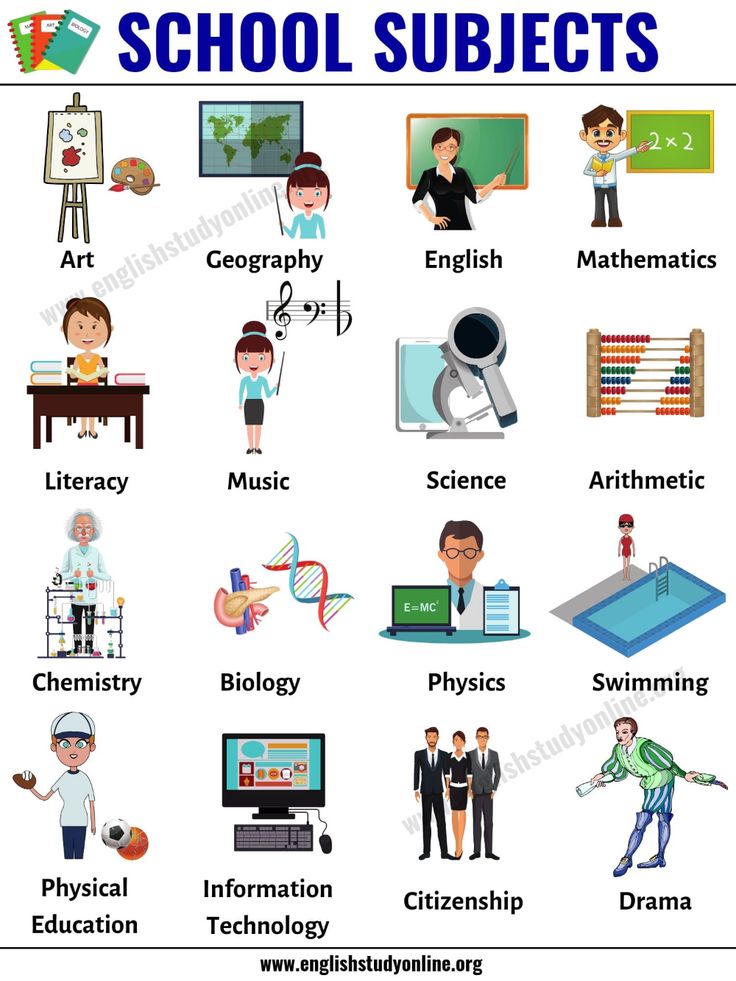
8. Rescue on the Oregon Trail
Shop Now on Amazon
This adventure and action story (part of a 12 book series) by Kate Messner follows a young boy named Sam and a courageous dog named Ranger. Ranger accidentally finds a time travel machine in a first aid kit and travels back in time to save Sam's little sister. Ranger may think his job is done, but the rescuing has only just begun.
9. The Reasons for Seasons
Shop Now on Amazon
This easy-to-read picture book by Gail Gibbons is the perfect mix of education and imagination. Gibbons uses accurate illustrations and diagrams to explain the earth's rotation, axis, and how these affect and change Earth's seasons.
10. Nathan Hale’s Hazardous Tales
Shop Now on Amazon
This action-packed graphic novel series by Nathan Hale has 11 books in total and accounts true stories of the notorious spy Nathan Hale through various historical events during the Revolutionary War.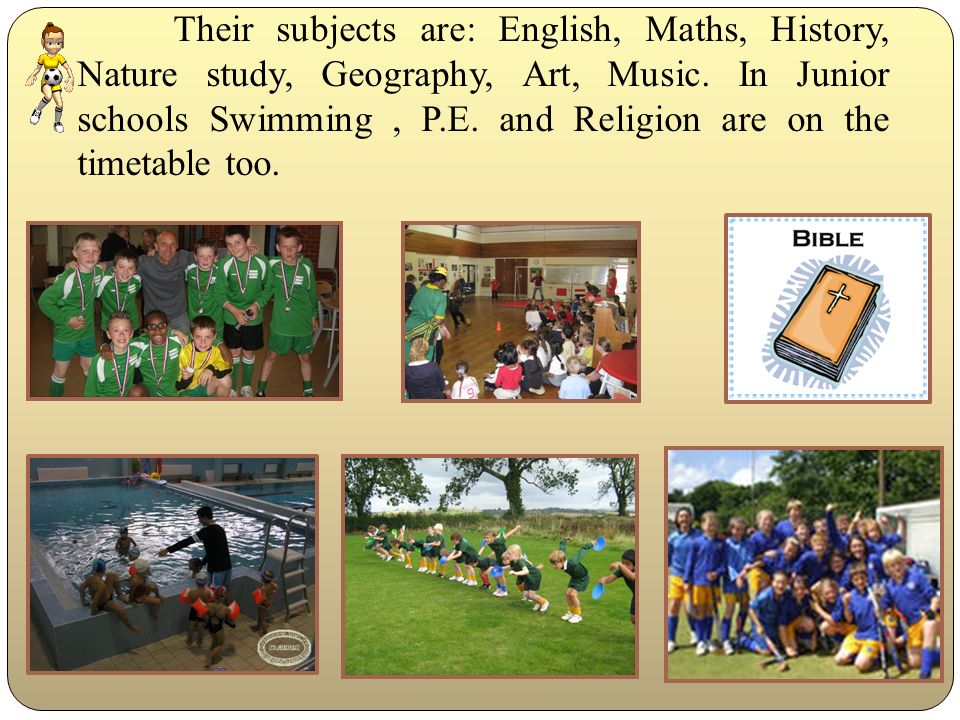 This historical fiction series is engaging, educational, and perfect for kids who love learning about America's past time.
This historical fiction series is engaging, educational, and perfect for kids who love learning about America's past time.
11. Ricky Ricotta's Mighty Robot
Shop Now on Amazon
This exciting and awesome story by Dav Pilkey is part of a 9 book series with full-color illustrations, advanced technology, and a cute little mouse named Ricky. The tale follows Ricky as he tries to make a friend and stop getting bullied. He ends up rescuing a robot created by a mad scientist, and their unlikely friendship turns out to be exactly what he was looking for.
12. Click'd
Shop Now on Amazon
This modern and relevant 2 book series follows Allie, a smart technologically savvy girl who invents a new app for making friends and going on scavenger hunts. Everything is going great until a hiccup in the system will potentially leak everyone's information. Allie needs to correct her mistake and work together with her competitor Nathan to save her app and reputation.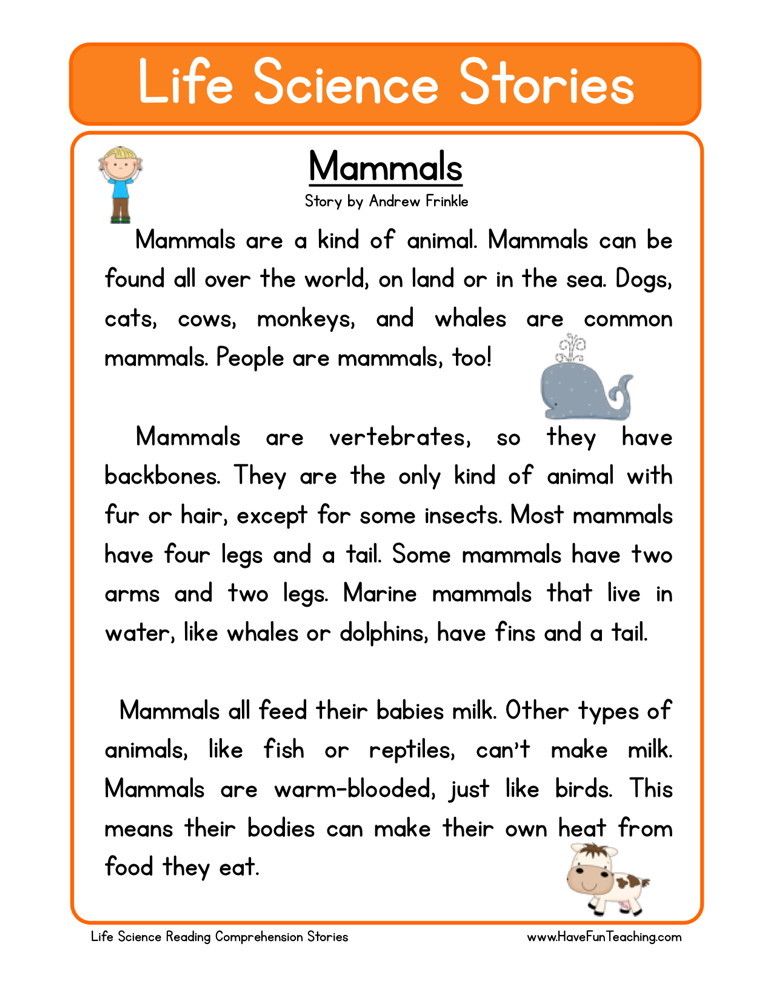
13. Ballpark Mysteries
Shop Now on Amazon
This 18 book (ages 6-9) mysteries series is set in a different baseball ballpark for each novel. Mike and Kate love baseball games and solving mysteries that seem to try and sabotage their favorite players. Follow along, eat some cracker jacks, and find the clues to solve the ballpark mysteries.
14. The Chameleon Wore Chartreuse
Shop Now on Amazon
The 1st book in a 15 book mystery series by Bruce Hale; Chet Gecko, a 4th grade detective gecko loves solving crimes and eating stinkbug pies. These books about animals and mystery make an excellent series for your elementary-level readers.
15. Gooney Bird Greene
Shop Now on Amazon
This cute 6 book series by Lois Lowry features a unique and quirky girl named Gooney Bird as she makes her way through elementary school. She is hard to figure out and has fascinating stories to tell.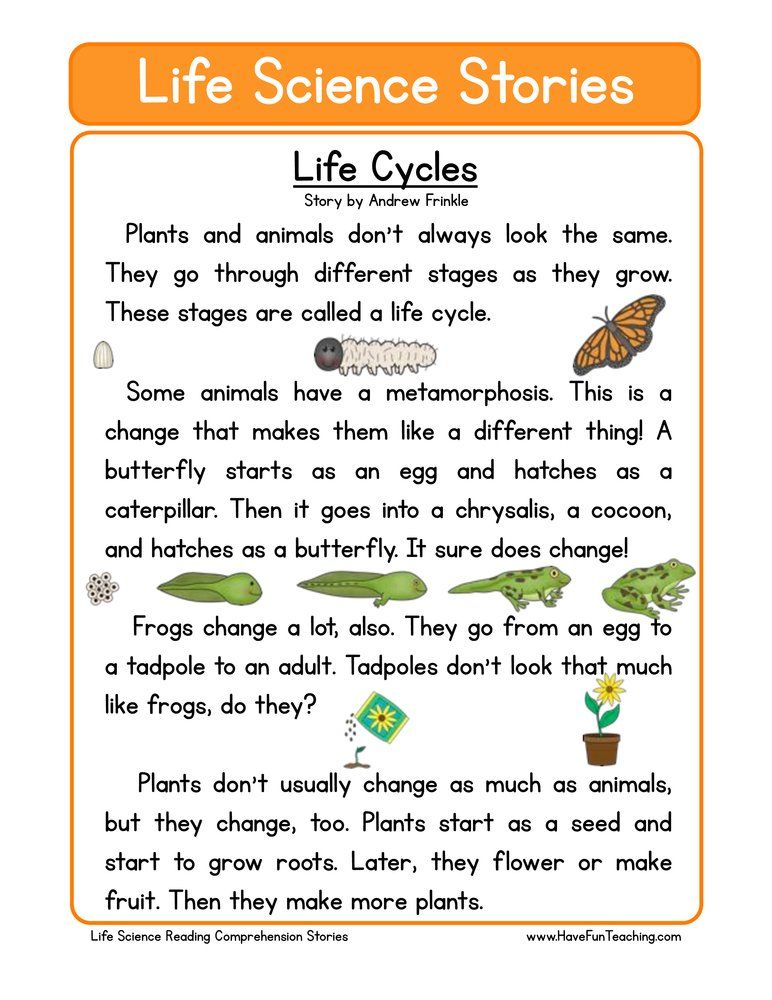 Learn more about her and her real-life stories in each book.
Learn more about her and her real-life stories in each book.
16. Science No Fair!: Project Droid #1
Shop Now on Amazon
These awesome STEM books tell the adventures of Logan and his mom's science experiment turned intellectual robot cousin Java, as they try to win the science fair. Will they be able to work together to win, or will this excellent series end in a technological malfunction?
17. Goldie Blox Rules the School!
Shop Now on Amazon
These books about engineering and encouraging girls to build and create were inspired by a toy line. The genre of stories inspires young readers to be bold, and the relatable characters show how fun a science experiment can be.
18. Mad Scientist Academy
Shop Now on Amazon
This graphic chapter book series is all science fiction and excitement. In Mad Scientist Academy dinosaurs come to life, monsters attend classes, and compelling characters try to fix crazy science experiments gone awry.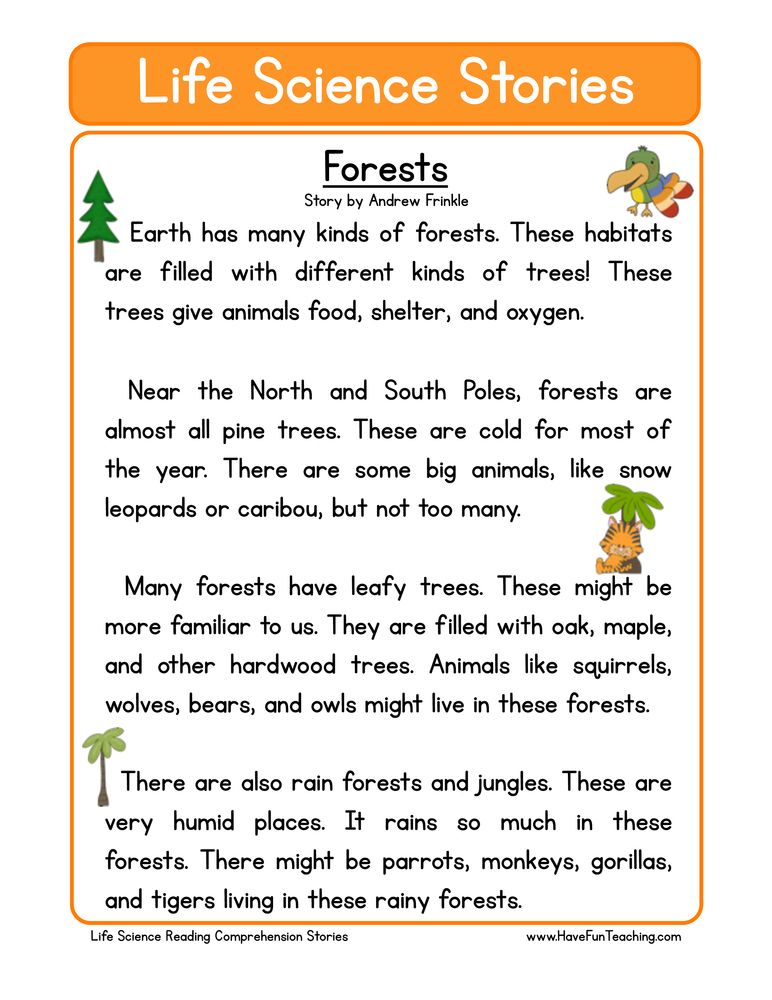
Science stories for children | Material (junior, middle, senior, preparatory group) on the topic:
The author is a teacher of the SPOAU YaO
"Yaroslavl
industrial and economic
college named after N.P. Pastukhov"
Konovalova N.V.
Collection of children's stories "Scientific stories from the life of animals"
(industrial biochemistry for children)
How animals received strawberry tablets
The hedgehog ran up to the fox and said: "Let's be friends!"
The little fox answered the hedgehog with laughter: “Why should I be friends with you? Your friendship will prick me!”
The hedgehog thought to himself: “How can I make friends with him?”
But suddenly he remembered how much the little fox loves fragrant strawberries and how much he misses them in winter! You can, of course, cook jam from berries, but there was no sugar for this!
And then, the hedgehog decided on an experiment: on the hottest day, the hedgehog, together with the squirrel, dried berries at the ends of thin tree branches.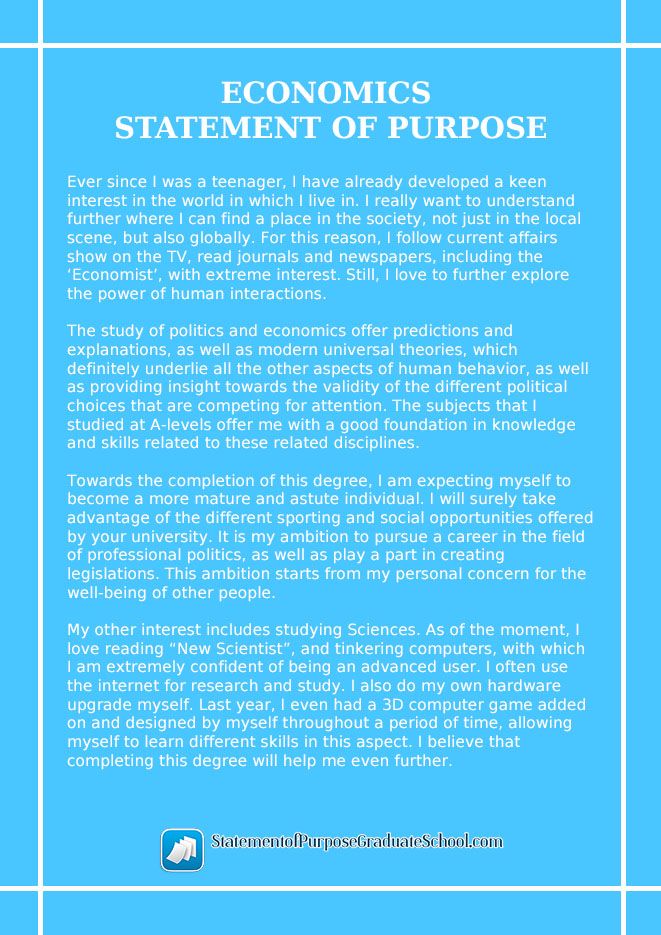 And now, they were already going to take them off.
And now, they were already going to take them off.
Ah! Dried berries crumble, turning into powder! What to do?
And the hedgehog came up with! He and his friends carefully collected all the raspberry powder from the berries and evenly crushed the remaining berries into the same fine powder! They spread the strawberry powder in equal small portions between the fragrant mint leaves, and then, into a rounded depression, which the grinder bugs drilled in the stump especially for this occasion, and asked the strongest bear in the forest to stomp on the leaf from above!
Wow! And it turned out delicious strawberry tablets!
The wise owl watching all this explained that this is how the tablets were obtained as a result of the direct compression method! It turns out that all you need to do is apply pressure!
And what about the friendship between a fox and a hedgehog?
Now, wherever the fox cub goes, there are always delicious strawberry tablets in the pockets of his clothes .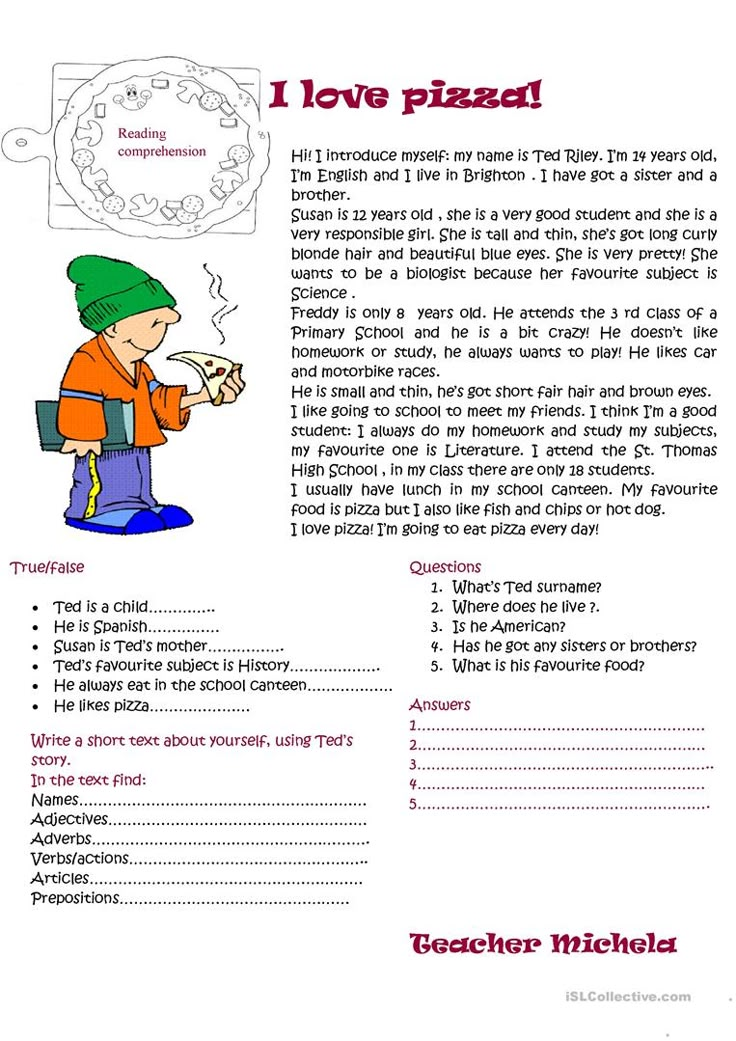 .. hedgehog's friend!!!
.. hedgehog's friend!!!
Like a little fox made raspberry syrup
Winter has come in the forest. Everything was covered in white fluffy snow. Beautiful mysterious snowdrifts rose here and there. The hedgehog and the bear cub fell into a deep winter sleep. The fox, of course, did not sleep. He was bored alone in the mink without his hedgehog friend. He often took raspberry pills out of his pocket and recalled his hedgehog friend at the same time. There were very few raspberry pills left, - the little fox understood sadly. But he had water and sugar!
- What if we make raspberry syrup then! - an idea came to the head of the little fox - It only takes a few raspberry pills!
And so, rattling pots, the little fox began to diligently prepare sugar syrup first. He dissolved half a kilogram of sugar in one liter of boiling water, because in real sugar syrup the sugar content should be almost at least half of the volume! I filtered the finished syrup through a cloth, cooled the syrup a little and added raspberry tablets to the hot sugar syrup, stirred until completely dissolved.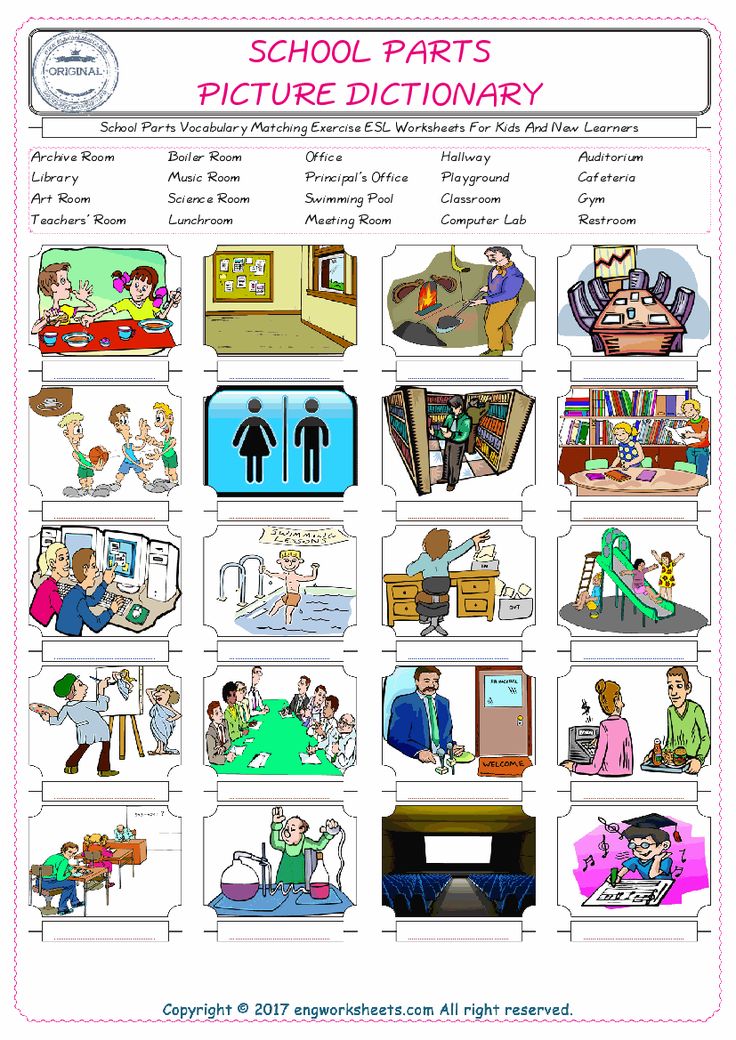 Oh, what a fragrant raspberry syrup!
Oh, what a fragrant raspberry syrup!
- If only the hedgehog was around now, and I would treat him to my syrup - thought the little fox, finishing his second mug of syrup. - I will definitely leave a few tablets until my friend the hedgehog wakes up ...
How the hedgehog got kefir
The long-awaited spring has come in the forest. The hedgehog woke up after hibernation. The squirrel changed her winter coat for a spring outfit.
Of course, the hedgehog tasted delicious fragrant raspberry syrup, he liked it very much. But after the spring awakening, the hedgehog really wanted kefir. Yes, where can I get it in the forest now, because even before he only managed to drink it from summer residents, and even then when they came to their dachas. And then he remembered the wise owl. Can she help him?
- Yes, I have such a wonderful mushroom. It is called - kefir mushroom! - the owl proudly answered the hedgehog. - From a liter of milk with one tablespoon of kefir mushrooms, you can get a little less than a liter of kefir! You drop kefir fungi directly into a jar of milk and put it in a warm place for a day, and the next day you get kefir! This process is called fermentation of milk to kefir! Take kefir fungi, but just don't forget to treat the animals in the forest!
The hedgehog thanked the owl and merrily went home with kefir fungi. -Now I'll drink plenty of kefir!
-Now I'll drink plenty of kefir!
A week passed, then another, and another. There were so many kefir mushrooms in the hedgehog: after all, when fermenting, they multiply - increase in number - that he simply did not know what to do with so much kefir! After all, he had already treated everyone he could to kefir in the forest.
What if the kefir grains are removed from the milk and gently dried, and then put away until the next use, when they are needed again?
Hedgehog tried it, and sure enough, it turns out!
- And I'll try to freeze them in the winter, it should work too! - suggested the squirrel.
- Friends, this process is called - "Anabiosis"! - the owl explained to the animals. - Anabiosis is a temporary slowdown or cessation of life processes under the influence of external factors (conditions), in these cases - drying or freezing.
Thus, the animals learned not only how to get kefir using kefir fungi, but also how to save them until the next use (when kefir is not needed), without harming kefir fungi.
How the animals got "tea kvass"
Summer has come. It was so hot in the forest that from time to time all the animals crowded around to bathe in a small forest river. How cool and fun it was!
- Oh, refreshing kvass now - the little fox sighed sadly.
- And we will make our own healthy kvass! said the hedgehog solemnly. - with the help of a miracle mushroom called Kombucha. It turns tea into invigorating carbonated kvass, but it’s also useful at the same time! So, my forest friends, bring me a jar of your favorite sweet tea today and in 1.5-2 weeks you will get a wonderful “tea kvass”.
- Hooray! - the animals shouted in one voice and rushed to their houses.
The hedgehog put kombucha in each of the jars with sweet tea.
And now, after a week and a half, the first tasting of "tea kvass" takes place at the hedgehog's house.
The squirrel, the hedgehog and the owl really liked the pleasant, moderately sweet "tea kvass" from the Ivan-tea drink.
Little Fox - refreshing hibiscus.
A teddy bear made from black tea.
- But I don't understand where the gas bubbles come from in this "tea kvass"? asked the little bear.
An owl answered him:
- Kombucha is the friendship of small living organisms: yeast and bacteria (living organisms are you and me, only large ones). But their friendship is so strong that they cannot live separately without each other at all. Such a strong friendship is scientifically called "Symbiosis" (Cohabitation of two organisms of different species, bringing them mutual benefit)! Sweet tea for kombucha is food. As a result of the life (life activity) of kombucha in sweet tea, gas bubbles are released.
- Got it! - answered the teddy bear.
- In other countries, our "tea kvass" is called "kombucha"! the owl continued.
- Kom-bu-cha - the animals repeated after her at length - how beautiful it sounds!
During this evening the animals became stronger friends, each found new friends, because in the company they discussed the tastes of drinks for so long and amicably and got to know each other better.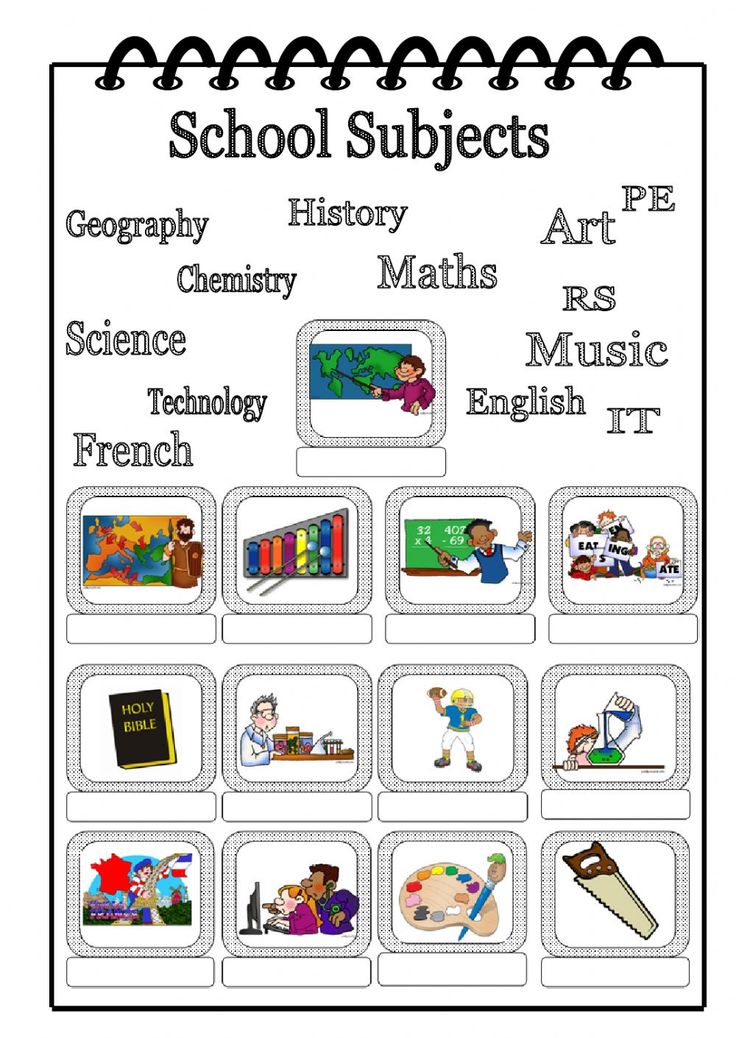
How the animals survived a difficult winter with fodder yeast
Autumn came on more and more insistently. It got colder and colder. You can't hibernate on an empty stomach! What to do? thought the hedgehog.
Maybe the squirrel's girlfriend took care of food better than he did and will help him?!
The hedgehog stumbling quickly ran towards the squirrel at the edge of the forest.
- Squirrel, how many mushrooms did you stock up for the winter? Can you borrow a couple? the hedgehog asked.
- Oh, hedgehog friend, you probably remember how rarely it rained in our forest, so I didn’t stock mushrooms at all, - the squirrel answered sadly.
- Oh hey, what should I do? After all, winter will come soon, and there is no food left in the forest! - said the hedgehog - Can we ask the advice of a wise owl?
- Of course! - the squirrel responded with joy.
Evening. And now the three of us, visiting the owl appetizingly smacking their lips, the forest dwellers drank a drink of willow-tea in birch bark mugs with blueberry jam.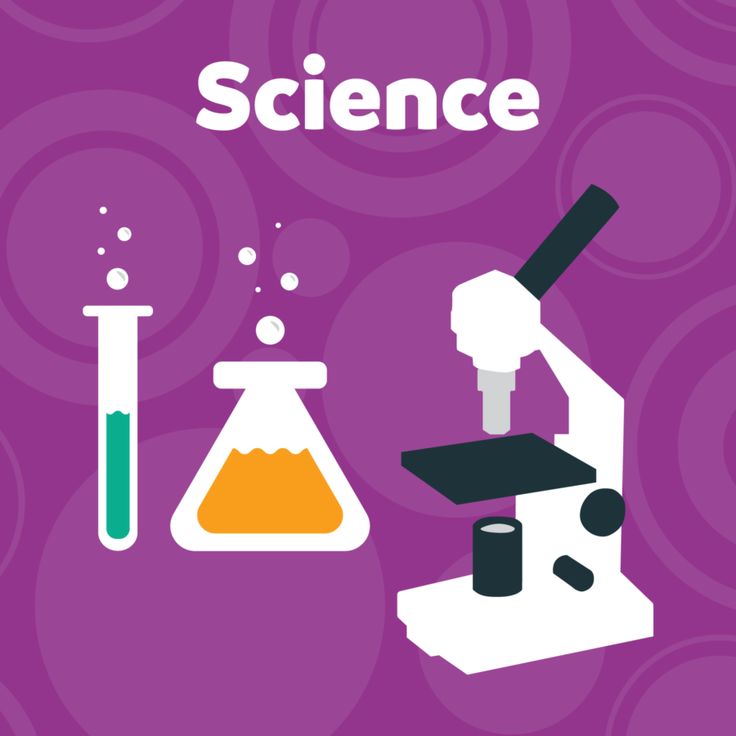
- There are other mushrooms in the world! Microscopic! Unpretentious! And which you can grow right at home, at any time of the year! - said the owl. You almost already know them.
- What are they called? the hedgehog and the squirrel asked in unison.
- Yeast! They are of different types: for making bread - bakery, beer - beer, but to get fodder protein - food for us, fodder yeast is used. A familiar owl sent them to me that year. - answered the owl.
- Why are we growing fodder yeast? the hedgehog asked.
- But, for example, for baking yeast bread, in addition to baker's yeast, you also need at least flour, sugar and salt. Do we have them now? the owl replied.
- Yes, indeed, no. - the hedgehog answered sadly.
- What do these fodder yeast eat then? What do you need to grow them? - the squirrel quickly responded.
- We will grow them right in the glass jars that the animals found when they were cleaning the forest from debris. And their food will be a solution of specially processed wood chips, which is full in the forest! the owl answered proudly.
And their food will be a solution of specially processed wood chips, which is full in the forest! the owl answered proudly.
- Hooray! now we will be full! The animals called loudly.
- Yes, but you also need to somehow separate (filter) the yeast from the solution in which they will grow, haven't you thought about it? the owl continued.
- Oh! Exactly ... - the squirrel said drawled.
- And I will ask the spider to weave such a web that it will retain the yeast and let the solution through! - said the hedgehog.
- Wow! But the idea! the owl replied cheerfully.
A few days later, the animals have mastered this environmentally friendly and very economical (budget) option for getting food at home at any time of the year. The fodder yeast grew "by leaps and bounds", they were very satisfying, and now both hibernation for the hedgehog and cold winter for the squirrel were not at all scary! And they also treated everyone in the forest with fodder yeast, and at the same time they found new friends and buddies! 9Stories by Yu. Koval at the lessons of literary reading in elementary school literary reading lessons in elementary school
Koval at the lessons of literary reading in elementary school literary reading lessons in elementary school
Yaroslav the Wise (Veliky Novgorod), the work of the classic of Russian children's literature of the twentieth century, Yuri Koval, is considered primarily in the pedagogical aspect. The issues of organizing modern children's reading are outlined on the basis of the scientific guidelines of the methodologist N.N. Svetlovskaya about the theory of the formation of reader's independence, about reading-communication, about the selection for reading classical literature, as well as the doctrine of a literary work as a creative basis for the practice of reading activity. The article describes, using the example of Koval's works, the statements of his friends and researchers, the features of the writer's work - figurativeness, poetry, humor, pure and impeccable language of the author. Methodical approaches to the study of Yuri Koval's stories in elementary school are shown in the context of the expressive means of the language of fiction (comparison, metaphor) used by him: "Fan", "Grey Night", "Hare Trails", "Gingerbread Man". The issues of organizing reading do not lose their relevance. This is determined, on the one hand, by a decrease in children's interest in reading, and, on the other hand, by the high requirements presented in the Federal State Educational Standards for School Education-2010. This article is addressed to students of pedagogical and philological areas, teachers, teachers. It will be useful to everyone who is interested in the organization of children's reading, to everyone who wants to discover the miracle of reading and communication with Yuri Koval.
The issues of organizing reading do not lose their relevance. This is determined, on the one hand, by a decrease in children's interest in reading, and, on the other hand, by the high requirements presented in the Federal State Educational Standards for School Education-2010. This article is addressed to students of pedagogical and philological areas, teachers, teachers. It will be useful to everyone who is interested in the organization of children's reading, to everyone who wants to discover the miracle of reading and communication with Yuri Koval.
Key words: primary school, Yu. Koval, V.G. Goretsky, language of fiction, children's literature, organization of children's reading, reading-communication, reader's independence, comparison, metaphor, idiom.
G. A. Orlova, E. O. Orlova
Yu. Koval's Stories at Literary Reading Lessons at Primary School
In the article of scientists from Novgorod State University named after Yaroslav the Wise (Veliky Novgorod) is considered creativity of the classic of the Russian children's literature of the XX century Yury Koval first of all in the pedagogical aspect.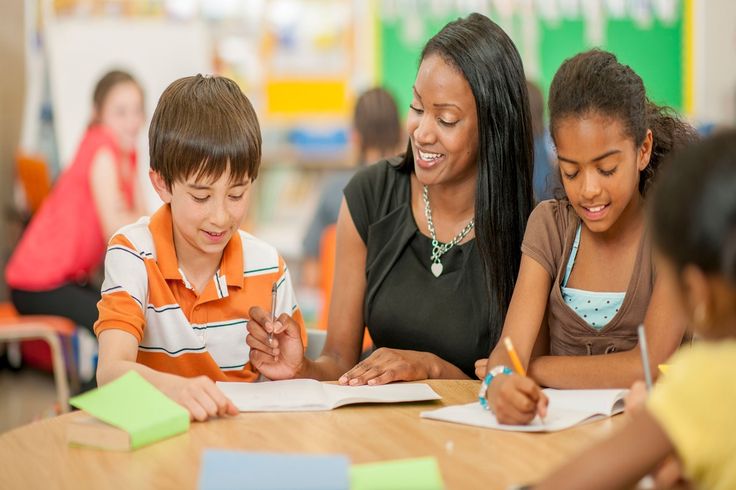 Questions of organization of modern children's reading are presented on the basis of scientific purposes of the scientist-methodologist N. N. Svetlovskaya about the theory of formation of reader's independence, about reading-communication, about selection of classical literature for reading, and also the doctrine about the literary work as a creative basis to practice the reader's activity. In the article on the example of Koval's works, are described statements of his friends and researchers of features of the writer's creativity - figurativeness, poetry, humour, the pure and perfect language of the author. Methodical approaches to study Yury Koval's stories at primary school in the context of the used fiction language means (comparison, a metaphor) are shown: "A Fan", "A Gray Night", "Hare Tracks", "Kolobok". Questions of reading organization don't lose their urgency. It is defined, on the one hand, by the decrease of the children's interest to reading, and, on the other hand, the high requirements presented in the Federal State Educational Standards of school education 2010.
Questions of organization of modern children's reading are presented on the basis of scientific purposes of the scientist-methodologist N. N. Svetlovskaya about the theory of formation of reader's independence, about reading-communication, about selection of classical literature for reading, and also the doctrine about the literary work as a creative basis to practice the reader's activity. In the article on the example of Koval's works, are described statements of his friends and researchers of features of the writer's creativity - figurativeness, poetry, humour, the pure and perfect language of the author. Methodical approaches to study Yury Koval's stories at primary school in the context of the used fiction language means (comparison, a metaphor) are shown: "A Fan", "A Gray Night", "Hare Tracks", "Kolobok". Questions of reading organization don't lose their urgency. It is defined, on the one hand, by the decrease of the children's interest to reading, and, on the other hand, the high requirements presented in the Federal State Educational Standards of school education 2010.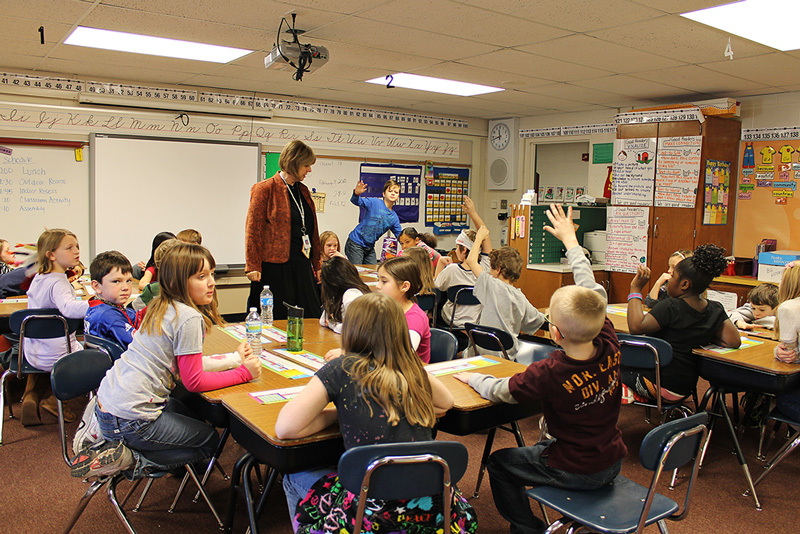 This article is addressed to students of the pedagogical and philological directions, University teachers, school teachers. It will be useful to everybody who is interested in questions of organization of children's reading, everybody who wants to open a miracle of reading -communication with Yury Koval.
This article is addressed to students of the pedagogical and philological directions, University teachers, school teachers. It will be useful to everybody who is interested in questions of organization of children's reading, everybody who wants to open a miracle of reading -communication with Yury Koval.
Keywords: primary school, Yu. Koval, V. G. Goretsky, a fiction language, children's literature, reading, reading-communication, reader's independence, a comparison, a metaphor, Koval.
Questions of organization of literary reading do not lose their relevance. This is determined, on the one hand, by a decrease in interest in reading among children, and, on the other hand, by the high requirements presented in the Federal State Educational Standards for School Education in 2010. Scientific ideas of V.G. Goretsky when creating textbooks for literary reading, in our opinion, can be in demand and productively used in modern primary education. We include the idea of the monographic principle of selecting and constructing the content of a textbook to one of these ideas. Along with the approaches of the authors of other textbooks (themes
Along with the approaches of the authors of other textbooks (themes
The monographic principle seems to us to be the most consistent with the ideas of literary reading, which is interpreted primarily as a meeting with the author. In the context of these considerations, the selection of authors and their works offered to a younger student becomes important.
Another significant idea of V.G. Goretsky is a selection of highly artistic works of literature and authors-interlocutors of a younger student, attributed to the classical literary heritage. We follow N.N. Svetlovskaya, by classical literature we mean “works and books that demonstrate0006
© Orlova G. A., Orlova E. O., 2014
indissoluble unity of form and content in the display of life, but on condition that the subject of the image and the topic raised by the author are of general significance and general interest, and poetics is an art words are perfect” [11, p. 87].
One of the authors, whom we consider a representative of classical Russian literature, is Yuri Koval.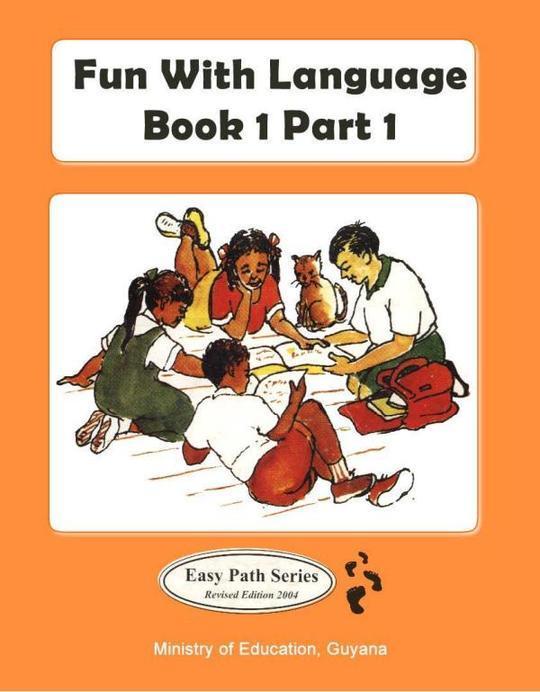 It should be noted that the project “One Hundred Books” [13], discussed this year, does not contain recommendations on ages and it is very conditionally possible to define texts for elementary school in it. In particular, Yuriy Koval is not included in this list, which, in our opinion, is unacceptable. His work is characterized by versatility - he wrote for both children and adults, and adventure stories, and lyrical stories, his works can be both humorous and tragic in nature. Researchers determine different features of the writer's work: figurativeness and poetry, humorousness of his texts, a special style - a pure, clear and impeccable language of the author.
It should be noted that the project “One Hundred Books” [13], discussed this year, does not contain recommendations on ages and it is very conditionally possible to define texts for elementary school in it. In particular, Yuriy Koval is not included in this list, which, in our opinion, is unacceptable. His work is characterized by versatility - he wrote for both children and adults, and adventure stories, and lyrical stories, his works can be both humorous and tragic in nature. Researchers determine different features of the writer's work: figurativeness and poetry, humorousness of his texts, a special style - a pure, clear and impeccable language of the author.
I would especially like to note that the richness of the language of Koval the writer is determined by the richness of the expressive means of the language: the use of semantic transfer by contiguity (metonymy) or by similarity (metaphor), the creation of an unusual combination of words, the use of phraseological units that acquire several meanings, word creation.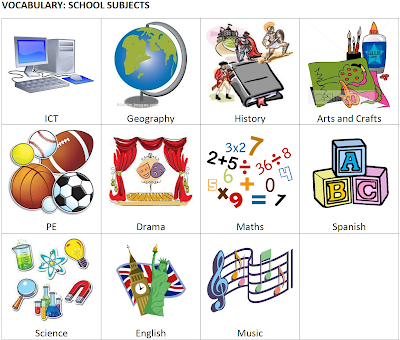
Imagery and poetry are one of the leading qualities of the writer's prose. So Marina Boroditskaya literally calls him a poet: “He, of course, was a poet, our Yuriosich. And that is why such a dazzling prose writer" [9, With. 6]. Poets highly appreciated the writer's work: “If Koval had to be explained in one word,” the poet Dmitry Sukharev said from the stage, “I would choose “captivating”. He was a captivating person" [9, p. 6]. Many of Koval's stories can be perceived as poetry in prose. A person reading the lines of a writer-poet is immersed in the beauty of the word and experiences poetic feelings together with the author: “On a cloudless night, the moon floats over Chisty Dor, is reflected in the puddles, silvers the roofs covered with wood chips. Quiet in the village" [6, p. 87].
In many ways, such a poetic description of nature in Koval's works is due to his special attitude to nature itself, to all living things. This is evidenced by the memoirs of contemporaries. “Koval was absolutely loved by everyone
“Koval was absolutely loved by everyone
- writers and readers, children and adults, men and women, ordinary people and people in hats. They loved dogs, cats, birds, fish, butterflies, trees, herbs, animals. Koval loved everyone and everything. He was incredible, amazingly talented in love for everything” [1, p. 65].
Another essential feature of Koval's work is his good-natured attitude to the world, which was expressed in the humorous nature of his texts. Almost all of Koval's works are permeated with good-natured humor and fun. As the author himself said, “a sharp plot and humor are two powerful whales on which children's literature stands. With respect, I think about these whales, bow to them, and especially to the “whale” of humor. Humor is not a technique, it is the beginning of a creative attitude to life. And the education of a sense of humor is, ultimately, the education of the freedom of the soul. You can sometimes refuse a sharp plot, but not humor” [2, p. fifteen].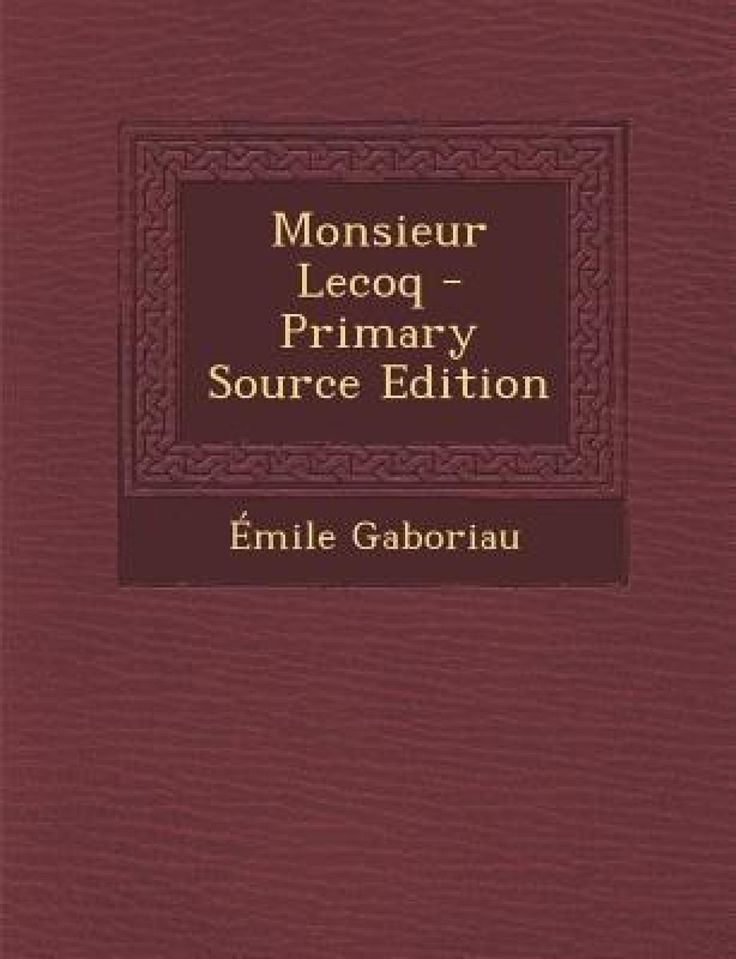 A vivid example of the content of works with humorous images is the story "The Adventures of Vasya Kurolesov". As the researchers note, “from the very first line, the story about Vasya Kurolesov is touched by a smile that flares up, the joke becomes more mischievous” [10, p. eight]. Indeed, few people will be able to remain serious after reading these lines: “What I like about black swans is their red nose. However, this has nothing to do with our story...” [5, p. eight].
A vivid example of the content of works with humorous images is the story "The Adventures of Vasya Kurolesov". As the researchers note, “from the very first line, the story about Vasya Kurolesov is touched by a smile that flares up, the joke becomes more mischievous” [10, p. eight]. Indeed, few people will be able to remain serious after reading these lines: “What I like about black swans is their red nose. However, this has nothing to do with our story...” [5, p. eight].
Another no less striking feature of the author's verbal style is characterized by R.V. Shirshakov, speaking about the fact that Yuri Koval concretizes and individualizes even material objects, that is, those that are usually perceived as a homogeneous mass, not divided into separate units. To do this, he uses the so-called singulatives - nouns with the semantics of singularity, expressed using the suffixes -in(a), -ink(a). In his works, potato, strawberry, prunes, oatmeal, bamboo acquire “independence”. And even a piece of frost - frost [12, p.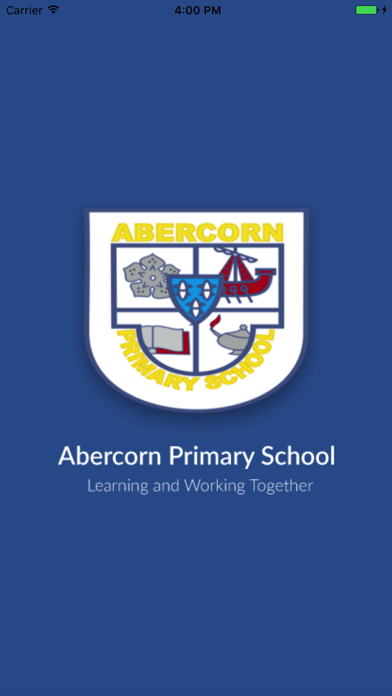 72]. Let us give an example from the story “Hoarfrost”: “If you look very carefully at a cherry branch covered with frost, you will see a small blue star. This is the Inenka, and even better - the Inenka" [3, p. 246].
72]. Let us give an example from the story “Hoarfrost”: “If you look very carefully at a cherry branch covered with frost, you will see a small blue star. This is the Inenka, and even better - the Inenka" [3, p. 246].
We can see the method of combining the direct and figurative meaning of a word when reading Koval's stories when the writer uses phraseological units. So, for example, the expression of sparks from the eyes fell down means that
someone felt such sharp pain from a blow to the head, to the face, that his eyes dazzled. According to the researcher, Yuri Koval uses this phraseological unit not only to characterize the state figuratively - it also acquires a direct, literal meaning. At the same time, the figurative meaning fades into the background [12, p. 72]: “And then the Sailor received such a kick that sparks fell from his eyes. Splashing these sparks and howling, he flew out the door and, like a red shaggy wheel, rolled off somewhere towards the railway depot. 235]. I would like to give another example of the use of phraseological units, where it also acquires a direct meaning: “In a second, citizen Nikiforov was nowhere to be seen, and his trace was gone. I deliberately felt the trace with my hand - yes, I caught a cold" [7, p. 16].
235]. I would like to give another example of the use of phraseological units, where it also acquires a direct meaning: “In a second, citizen Nikiforov was nowhere to be seen, and his trace was gone. I deliberately felt the trace with my hand - yes, I caught a cold" [7, p. 16].
We agree with the general literary criticism of the writer's work presented by R.V. Shirshakov. In this description, Yuriy Koval appears as a true master: “Koval shows increased, interested attention to each individual object and even its particle (ineinka). But all these objects and characters are closely related to each other: both externally - due to the use of chain links in the text, and internally - due to the constant use of various types of semantic transfer, in particular transfer by adjacency (metonymy) or by similarity (metaphor) . Thanks to the construction of unusual phrases (sunny taste), the combination of direct and figurative meanings, the author manages to show the unity and interconnection of various objects and creatures in this world” [12, p.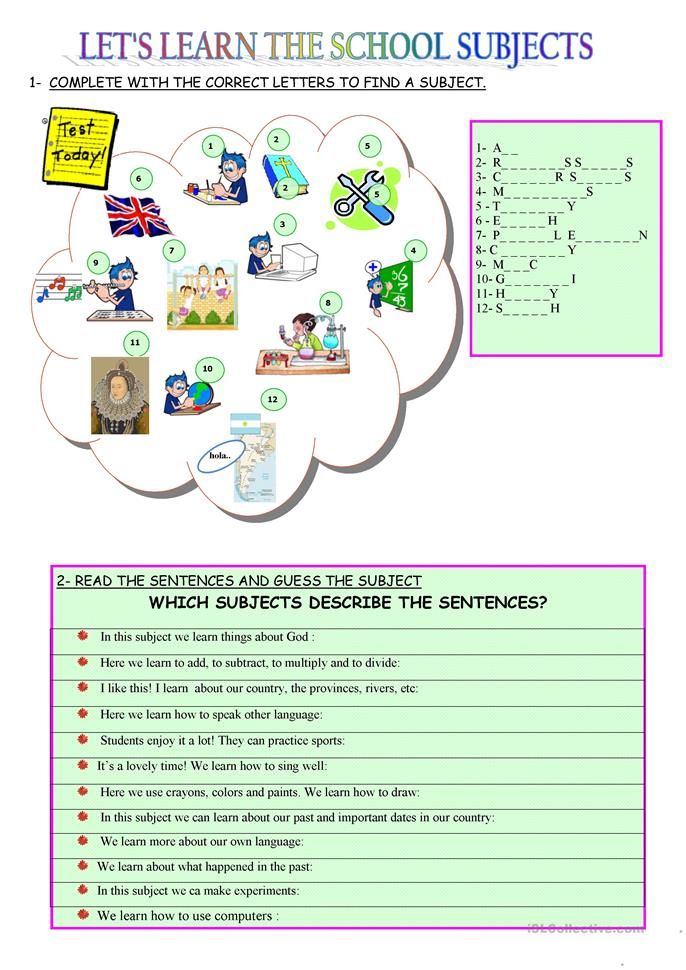 3].
3].
From the variety of techniques used by Yu. Koval, techniques that will help a younger student enter the world of a writer can be a comparison and a metaphor. Both of these techniques are interconnected - based on similarity, comparison - open similarity, metaphor - hidden. Koval's works are embellished with these techniques. For example, at the beginning of “The Tale of the Green Horse,” the image of the main character is created by comparing: “Once upon a time there was a Green Horse in the world. Her eyes were like gooseberries, her mane was like hops that weaves around fences and trees, her back was like soft moss, and she always wanted to be stroked. The stockings on the legs were silvery, like poplar leaves, and the tail looked, excuse me, like juniper" [8, p. 41]. In the story "The Gray Night" the development of the action is created by metaphors based on comparison-transformation - dup-
la in the top of a boot, a stump in the knee of a man: “The flying squirrel jumped down to the ground and then noticed a large hollow. It was Pyotr Ivanovich's boot lying on the ground. Whistling in surprise, the flying squirrel dived into the bootleg. At the same instant, I rushed to grab my boot, but the flying squirrel jumped out and ran, ran along the outstretched arm, along the shoulder - and jumped onto the stump. But it wasn't a stump. It was Peter Ivanovich's knee with a round cup" [2, p. 194].
It was Pyotr Ivanovich's boot lying on the ground. Whistling in surprise, the flying squirrel dived into the bootleg. At the same instant, I rushed to grab my boot, but the flying squirrel jumped out and ran, ran along the outstretched arm, along the shoulder - and jumped onto the stump. But it wasn't a stump. It was Peter Ivanovich's knee with a round cup" [2, p. 194].
The appeal to these techniques is due to the fact that often the meaning of stories is based on the idea of similarity, expressed either by comparison or by metaphor.
Consider the story "Fan", the content and meaning of which is completely based on metaphor. The beginning of the story, the main character of which is the author himself and the forester Bulyga, specifically contains a simple description of the squirrel, in order to later collide this routine with a poetic vision of the natural world: Fluffing out her tail, she sat in the fork of the trunk and looked at the blackened clusters that swayed in the wind on thin branches. The squirrel ran along the trunk and hung on a branch, swayed - jumped over the fence. She was holding a bunch of mountain ash in her mouth ... She quickly ran along the fence, and then hid behind a post, sticking out only her lush, airy tail. [5, p. 106].
The squirrel ran along the trunk and hung on a branch, swayed - jumped over the fence. She was holding a bunch of mountain ash in her mouth ... She quickly ran along the fence, and then hid behind a post, sticking out only her lush, airy tail. [5, p. 106].
The author, inspired by the simple, not the brightest Russian nature, rejoices at the meeting with her. The joy and inspiration of the poet-writer begins to develop into a figurative perception of the natural world, when everyday life receives a poetic description. "Fan! I remembered. This is what the hunters call the squirrel's tail" [5, p. 107]. Further, the content of the story is based on the active use of metaphors: “Boots clattered on the porch, and the forester Bulyga entered the room. “There are a lot of squirrels this year,” he said. - I just saw one. On the rowan. - Did you see the fan? .. - But what about, - he said. - The squirrel has a fan, and the fox has a pipe. And then the images created by the writer follow one after another: “But the wolf has a rough and thick tail,” said Bulyga.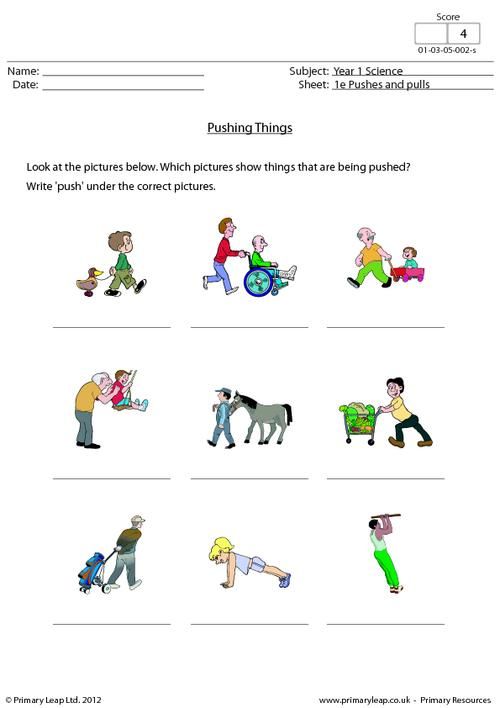 - It's called - log. “And the bear has a short tail,” I said. He probably doesn't have a name, does he? -Kutsik. - We forgot the hare, - said Bulyga ... The hare's tail is called - puff. Or - a flower" [5, p. 109]. Most of the images (fan, log, trumpet, flower) are based on the idea of specific objects.
- It's called - log. “And the bear has a short tail,” I said. He probably doesn't have a name, does he? -Kutsik. - We forgot the hare, - said Bulyga ... The hare's tail is called - puff. Or - a flower" [5, p. 109]. Most of the images (fan, log, trumpet, flower) are based on the idea of specific objects.
Analyzing this story, we cannot but pay attention to the reaction of the protagonist to such comparisons: “You can't fool you,” I laughed... - It can't be!.. This cutie made me laugh. I opened the notebook and began to make a list of tails: a fan, a pipe, a log, a ku-tsik...” [5, p. 108]. This is not just a reaction of a person admiring the richness of images of folk culture, this is the reaction of a writer (fix, remember, then use to share with others).
Let's give examples of how you can organize the study of Yuri Koval's stories with younger students so that turning to metaphors becomes the basis for understanding the text. For the primary perception of the story “Hare Paths” by schoolchildren, the teacher reads the text and asks questions: “Who is the main character of the story? What is the story about?" To analyze the story, the children are asked questions: “What do you think, what words, phrases in this story are“ main ”that make the text interesting?”. This question is aimed at identifying word-images described by the author in the text. The students, each in turn, give their answers, and the teacher writes them out on the board. Then the students are invited to collectively discuss and choose the most appropriate, most unusual words and phrases. It is necessary to draw attention to the chain of phrases - “hare footprints” - “hare paths” - “hare roads” - “hare highways”. At the same time, schoolchildren, when they name the words they have chosen, justify their choice (why did these words attract your attention?). At this stage, it is important to explain to students that the indicated chain of phrases not only contains unusual images (“Are there hare highways?”), But also keeps the reader’s attention included in the author’s fantasy. We consider it appropriate to ask questions that lead to a meeting with the writer himself: “What can you say about the author of this story?” (Yury Koval is a cheerful, kind, good person who loves nature and animals, an inventor).
This question is aimed at identifying word-images described by the author in the text. The students, each in turn, give their answers, and the teacher writes them out on the board. Then the students are invited to collectively discuss and choose the most appropriate, most unusual words and phrases. It is necessary to draw attention to the chain of phrases - “hare footprints” - “hare paths” - “hare roads” - “hare highways”. At the same time, schoolchildren, when they name the words they have chosen, justify their choice (why did these words attract your attention?). At this stage, it is important to explain to students that the indicated chain of phrases not only contains unusual images (“Are there hare highways?”), But also keeps the reader’s attention included in the author’s fantasy. We consider it appropriate to ask questions that lead to a meeting with the writer himself: “What can you say about the author of this story?” (Yury Koval is a cheerful, kind, good person who loves nature and animals, an inventor).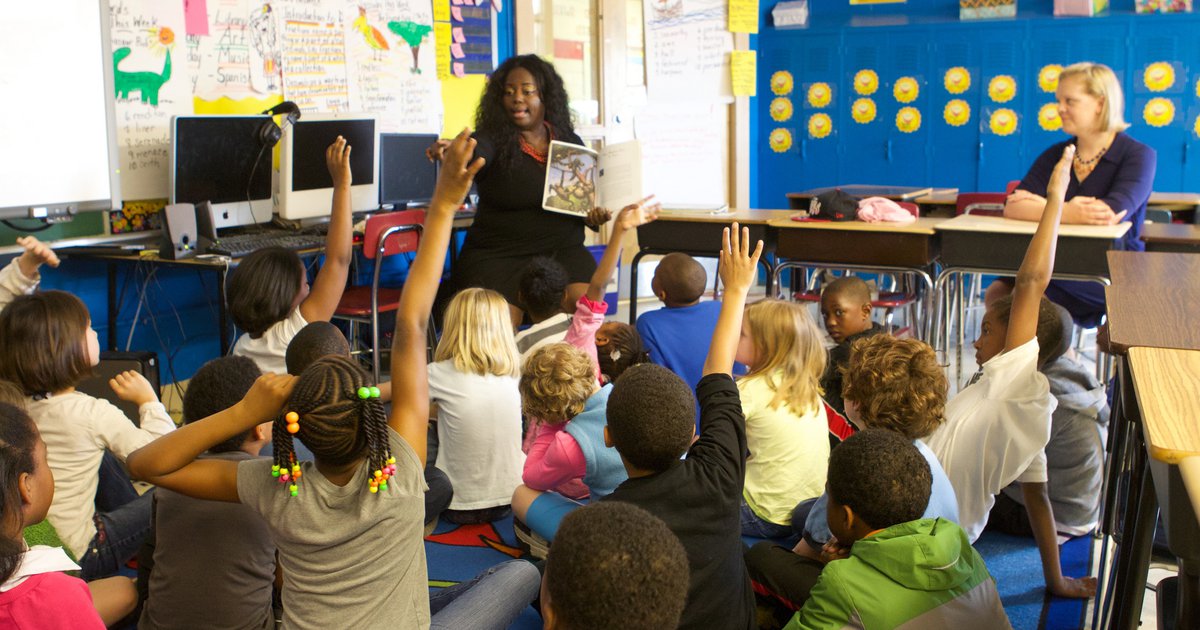 The next question is: “Would you like to meet this writer?”. After the teacher’s story about the writer, the teacher poses a problematic question to the students: “Guys, we have learned a lot about Yuri Koval, but how else, besides studying the biography, can we recognize the writer, because the person himself is not next to us?”. Students can answer that they should read books about Koval, watch movies, search
The next question is: “Would you like to meet this writer?”. After the teacher’s story about the writer, the teacher poses a problematic question to the students: “Guys, we have learned a lot about Yuri Koval, but how else, besides studying the biography, can we recognize the writer, because the person himself is not next to us?”. Students can answer that they should read books about Koval, watch movies, search
information on the Internet, go to the museum. The teacher offers them another answer - you can get to know the writer better by reading his stories.
The study of another story, "Gingerbread Man", requires preliminary home reading. For us, this story has an important distinguishing feature: its study is explained by the complication of images and the change in the state of the author. At the beginning of the lesson, students answer the questions: “Who are the main characters of the story?” (author and Uncle Zui). Further, the text is analyzed by highlighting the state of nature and correlating it with the state of people.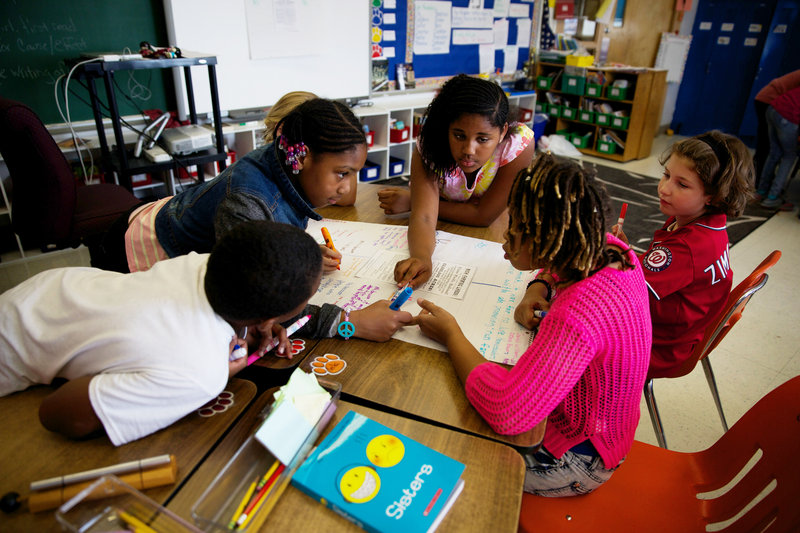 To determine the state of the author, the teacher reads out fragments of the story and invites students after each passage to determine the nature of the state of nature and the feelings experienced by the characters. Students' responses are written on the board.
To determine the state of the author, the teacher reads out fragments of the story and invites students after each passage to determine the nature of the state of nature and the feelings experienced by the characters. Students' responses are written on the board.
1. “I went fishing, Uncle Zui followed me... At the willow, bent over the pool, I threw my fishing rods, and Uncle Zui sat behind me to watch.”
Nature - calm; heroes are peaceful.
2. “It was getting late, and the sun was calmly floating over the forest. But then a cloud rolled out from behind the hillock, fluffy and spreading. The sun plunged into it like a black hollow, and the sky darkened. “Thunderstorm is coming,” Uncle Zui said. “You should run home.”
Nature - bad weather is approaching; heroes are anxiety.
3. “Here I got a peck. I cut, and the fishing line began to sing, stretching. Copper ide shone in the depths, came to the surface, splashed and fluttered. I took him to the shore and threw him into the grass.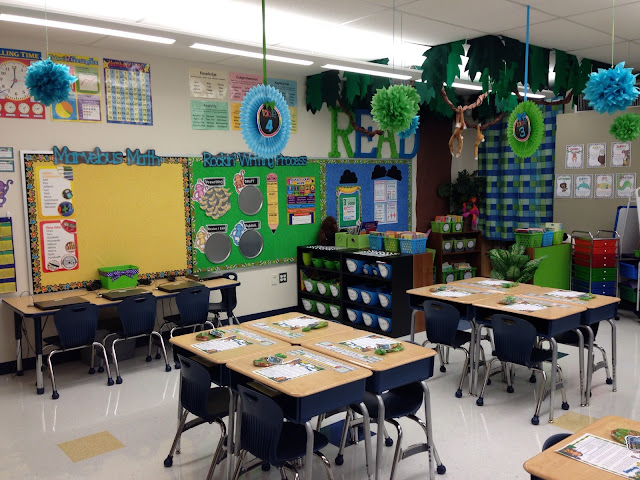 Lightning swept across the sky, crashed overhead, and the ide jumped up in the grass.
Lightning swept across the sky, crashed overhead, and the ide jumped up in the grass.
Nature - active; heroes - excitement, joy from good luck in fishing.
4. “The rain suddenly hit the water with all the drops at once, and with such force. The river boiled, stirred, lightning bent over it, and in their light a caught ide jumped in the grass. - Gee! Uncle Zui muttered, covering himself with a cloak. - How scary.
Nature - strength, power of manifestation; heroes are fear.
5. “Suddenly the rain stopped. And something shone on the willow branches, and a sparkling bun slid down from them, crackling, swaying in the air. He rolled towards the river and suddenly jumped. - What?! shouted Uncle Zui. - What is it?".
Nature is the birth of the unknown; heroes are the horror of the unknown.
This work allows us to conclude how the states of nature and man are connected (a change in the state of nature immediately causes a change in the mood of the main characters).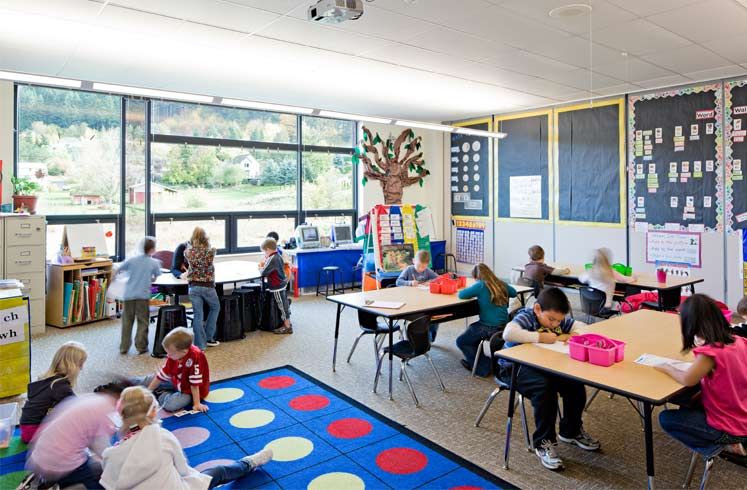 The writer managed to convey this to us perfectly, skillfully using the words of the Russian language.
The writer managed to convey this to us perfectly, skillfully using the words of the Russian language.
Continuing the study of the story, we invite students to read the second passage of the story "Gingerbread Man". After reading it, we pay attention to the title of the story and ask the question: “Why did Koval call his story “Kolobok”?”. If students find it difficult to answer this question, they can be asked to find a description of the kolobok in the text and read out excerpts (“The bun hung motionless in the air and trembled a little, hesitated. Its dazzling light hurt his eyes. Swaying and spinning, the bun flew over the shore and walked low above the milkweed bushes, and flew up, and stood high, and broke off with a white apple that had ripened in the sky. The gingerbread man swelled and became a huge black ball. Purple veins flared up in it, and an explosion thundered.") This is followed by the question: “How did the heroes understand what happened to nature?” (“- Really an atomic bomb? - Ball lightning. Sometimes during a thunderstorm such ball lightnings turn out. - This is probably a simple lightning twisted into a ball!”). Then we return to the question again: “Why is the story called “Kolobok”?” As a rule, students give the correct answer by saying that the story refers to ball lightning. It is important that the students, having answered this question, be able to correlate the title of the story with the image that the author created. After that, you can ask: “With the help of what technique did the author create such an image?” (metaphor).
Sometimes during a thunderstorm such ball lightnings turn out. - This is probably a simple lightning twisted into a ball!”). Then we return to the question again: “Why is the story called “Kolobok”?” As a rule, students give the correct answer by saying that the story refers to ball lightning. It is important that the students, having answered this question, be able to correlate the title of the story with the image that the author created. After that, you can ask: “With the help of what technique did the author create such an image?” (metaphor).
So, the approaches of V.G. Goretsky to the selection of authors and texts for reading by younger students, as well as to the principles of constructing textbooks on literary reading (selection of classical literature and the monographic principle) can serve as the basis for including worthy names for reading in primary grades. So, for example, Yuriy Koval is a master of the word, who owns many expressive means to reveal the writer's intention. Often, it is precisely according to the words-images present in the metaphor that the stories get their name (“Birch pie”, “Hare paths”, “Fan”, “Iron”). The talent of the writer is manifested in the fact that the use of the method of comparison and metaphor to him
Often, it is precisely according to the words-images present in the metaphor that the stories get their name (“Birch pie”, “Hare paths”, “Fan”, “Iron”). The talent of the writer is manifested in the fact that the use of the method of comparison and metaphor to him
it is necessary to convey in figurative language his worldview, which he wants to share with the reader - the joy of communicating with nature, the joy of the beauty and expressiveness of words.
Bibliographic list
1. Bartucheva E. From the red gate on the lightest boat in the world: strokes to the portrait of Yuri Koval [Text] // Preschool education. - 2009. - No. 2. - S. 64-71.
2. Koval Yu.I. "Everything - to one goal!" [Text] // Library at school. - 2011. - No. 12. - P.14-15.
3. Koval Yu.I. "Frost". Reader on literature for preschoolers [Text] / comp. N.V. Chudakov. - M.: Lamand Enterprises, 1999. - 720 p.
4. Koval Yu. Cap with crucians: stories [Text] / Yuri Koval; [foreword and after. Ya. Akima]; artistic G. Yudin. - M.: Det. lit., 2011. - 302 p.: ill. - (School library).
Ya. Akima]; artistic G. Yudin. - M.: Det. lit., 2011. - 302 p.: ill. - (School library).
5. Koval Yu.I. Adventures of Vasya Kurolesov; Five kidnapped monks [Text]: stories. - M.: Children's literature, 2000. - 286 p.
6. Koval Yu.I. Late evening, early spring [Text]: stories, novels; thin G. Yudin. - M.: Det. lit., 1988. - 496 p.
7. Koval Yu.I. Five kidnapped monks [Text]. - M.: Makhaon Publishing House, 2010. - 192 p.
8. Koval Yu.I. The Tale of the Green Horse [Text]; thin L. Kazbekov. - M.: Malysh, 2013. - 80 p.
9. Moldavskaya K. "Oh, what a man!" [Text] // Book Review. - 1994. - No. 2.- S. 6-7.
10. Pavlova N. "Against the sky - on earth." [Text] / Koval Yu.I. Late evening, early spring: stories, novels / artist. G. Yudin. - M.: Det. lit., 1988. - S. 3-8.
11. Svetlovskaya N.N., Piche-ool T.S. Teaching children to read: Children's Book and children's reading [Text]: textbook. allowance for students. ped. universities. - M.: Publishing Center "Academy", 1999.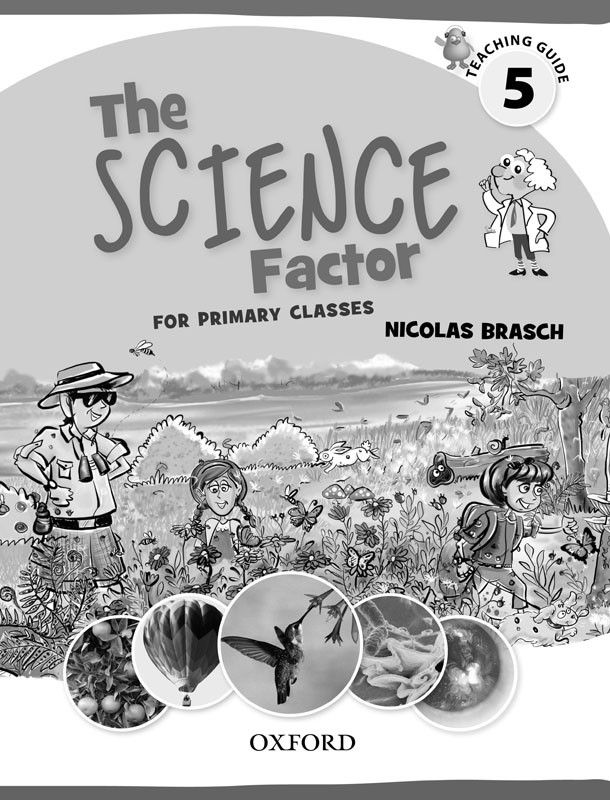 - 248 p.
- 248 p.
12. Shirshakov R.V. Yury Koval's picture of the world [Text] // Russian literature. - 2009. - No. 1. - S. 70-73.
13. Letter from the MINISTRY OF EDUCATION AND SCIENCE OF RUSSIA dated January 16, 2013 “List of “100 books” on the history, culture and literature of the peoples of the Russian Federation” [Electronic resource] Access mode: http://www.garant.ru/products/ipo/ prime/doc/70200292/
Bibliograficheskij spisok
1. Bartucheva E. From krasnykh vorot na samoj legkoj lodke v mire: shtrikhi k portretu YUriya Kovalya [Tekst] // Doshkol'noe vospitanie. - 2009. - No. 2. - S. 64-71.
2. Koval' YU.I. "Vse - k odnoj tseli!" [Text] // Biblioteka v shkole. - 2011. - No. 12. - S.14-15.
3. Koval' YU.I. "Inej". KHrestomatiya po litera-ture dlya doshkol'nikov [Tekst] / sost. N.V. CHudakova. - M.: Lamand EHnterprajsiz, 1999. - 720 s.
4. Koval' YU. Kepka's karasyami: rasskazy [Tekst] I YUrij Koval'; [predisl. i aftersl. Y.A. Akima]; khudozh.

